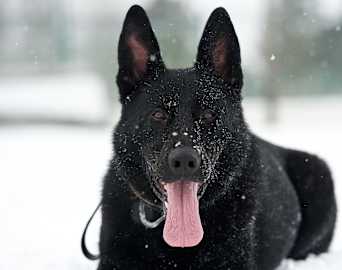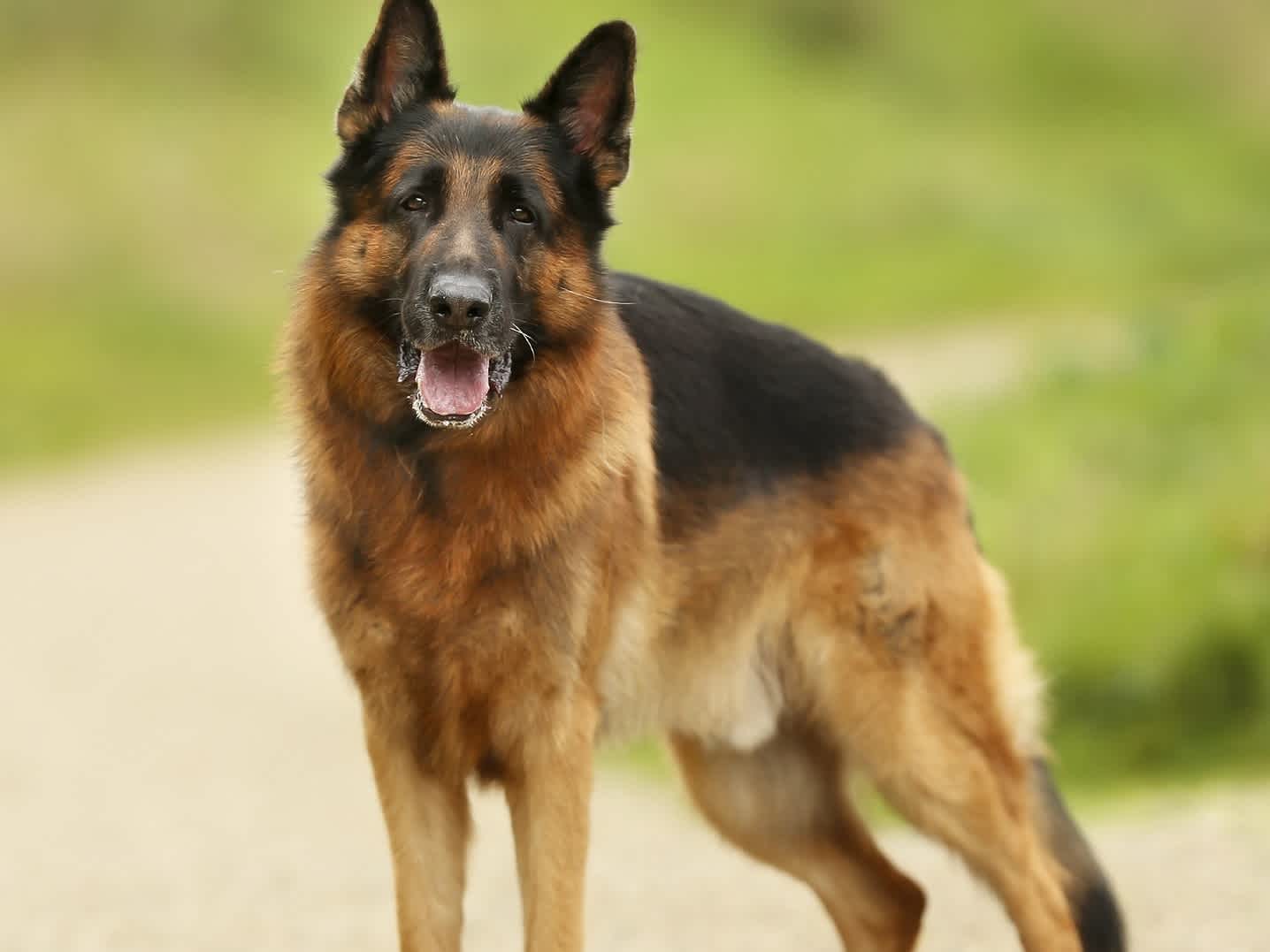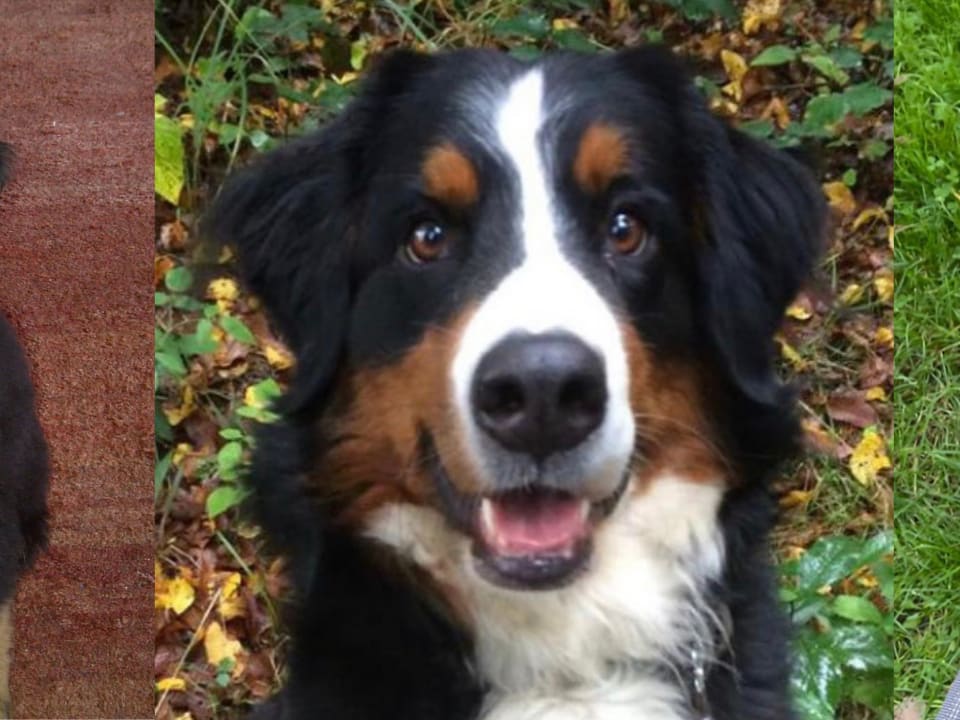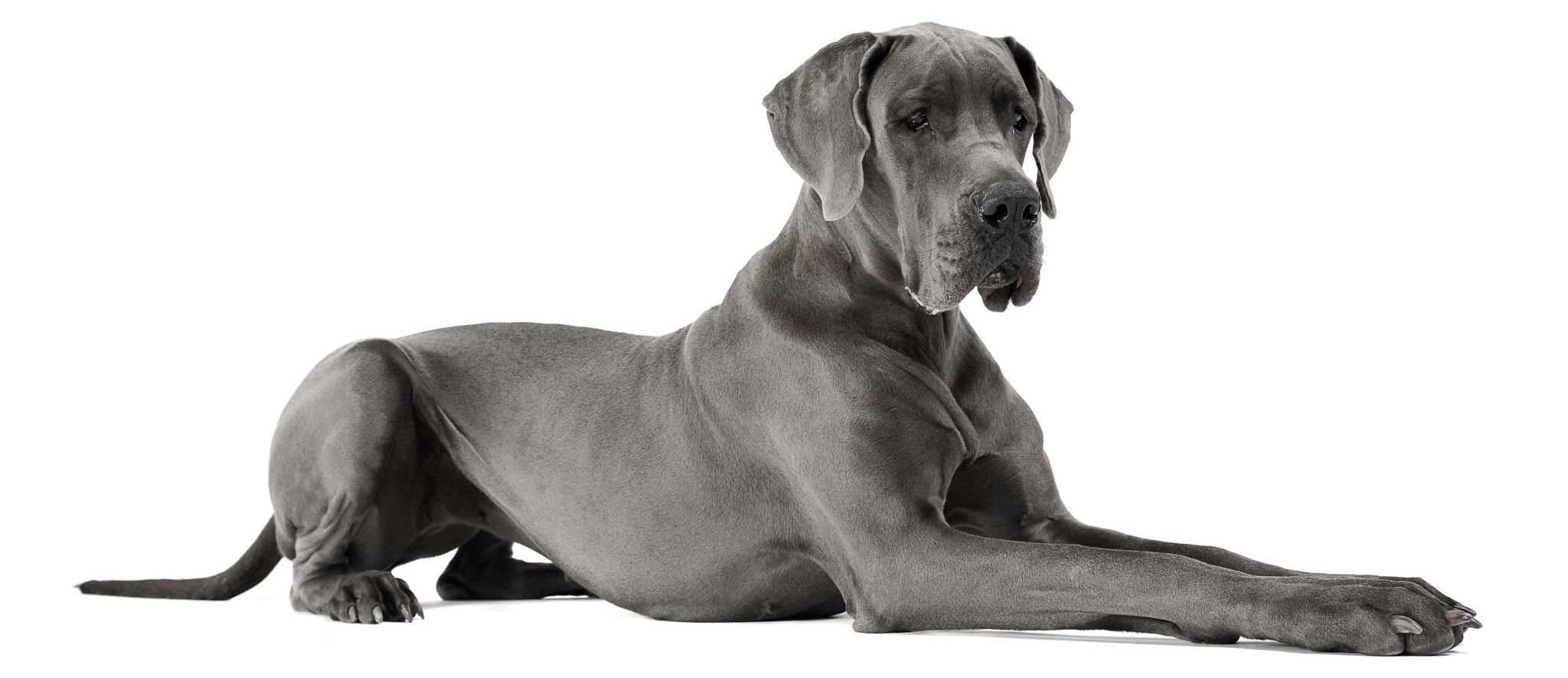Loving and dependable, the German Shepherd Dog (commonly called the German Shepherd) would make an excellent addition to any family. If you are considering bringing a German Shepherd into your home, we have all the information you need to make informed decisions regarding the care of your new pup. We’ve included important details about this breed’s physical characteristics, playtime needs, grooming tips, nutrition, and more. At the bottom of this guide, you will find a comprehensive list of all the health conditions we test for here at Embark, as well as recommendations for treatable diseases from our veterinarians. Enjoy!
Your guide to German Shepherds

According to the American Kennel Club (AKC), German Shepherds are “loyal, confident, courageous, and steady… truly a dog lover’s delight.” Their determination, intelligence, and gentleness make them exceptional family pets. In fact, German Shepherds are the second most popular dog in households across the United States. Because of their many exemplary traits, these pups often work closely with their human companions, engaged as therapy dogs and in the aid of law enforcement and military.
You can adopt a German Shepherd at an animal shelter or find a breeder. It’s important to look for breeders that can provide detailed health records for their puppies (and parents!) as well as genetic testing for health conditions. The Orthopedic Foundation for Animals (OFA) and their Canine Health Information Center (CHIC) maintains a voluntary database of German Shepherds and their health screening results.
Fun facts
Here are some fun facts about German Shepherds, according to Inside Dog’s World and the AKC:
- There’s a reason people call them “German shedders.” German Shepherds have a double coat, which equals twice as much fur!
- They learn new tasks after an average of only five repetitions.
- When formal guide dog training began in Switzerland in the 1920’s, all of the canines trained were German Shepherds.
- The nose of this breed has around 225 million scent receptors (humans have 400) which enables them to excel at detecting scents on the air and ground.
- German Shepherds were standardized in Germany in the mid-1800s, where they were working as sheep herders, protecting them from predators.
Physical characteristics
A GSD’s double-coat is comprised of a thick undercoat and a finer, sometimes wavy outercoat. The German Shepherd Dog has a long body in proportion to its height. They are generally between 22 and 26 inches and 75 to 95 pounds once fully grown. The agility of the GSD is part of their lineage, and this is evident in their form. According to the AKC, “when viewed in outline, [GSDs] present a picture of smooth, graceful curves rather than angles. Their natural gait is a free-and-easy trot, but they can reach great speeds.”
Bringing your new German Shepherd home
Your dog’s first week at home should be as calm and quiet as possible. Give your new family member ample time to adjust to their unfamiliar surroundings. A steady routine from the very first day will grant your German Shepherd the stability they need to thrive. Puppytraining.com reiterates two words when it comes to your dog’s introduction to their new home and family: consistency and patience. Allowing these terms to serve as a guide for your dog’s first weeks with you will encourage a smooth and enjoyable transition for all.
Take lots of pictures of your dog’s introduction to the family! Click here for some tips to help you get the best pictures of your pup, including tricks for lighting, editing, and close-ups.
Picking a name for your pup is an interesting task. The New York Times describes it aptly as a combination of “art… science, serendipity, [and] intuition.” We tend to agree! There are so many names to choose from, but once you’ve landed on the right one, repetition is key. Begin calling them by their new name directly and they will perk up at the sound in no time. Studies show that names with one or two syllables will catch your dog’s attention the fastest. Check out our list of the most popular dog names of 2018 if you are in need of ideas!
Nutrition

According to the ASPCA, a balanced diet is vital to your dog’s growth and health and feeding your German Shepherd a diet of commercial dog food is adequate. The ASPCA reports that “barring any special needs, illness-related deficiencies, or instructions from your vet, your pet should be able to get all the nutrients he or she needs from high-quality commercial pet foods, which are specially formulated with these standards in mind,” but portion control is important!
Be sure to align your dog’s diet with their activity levels and age. Most commercial pet food brands will indicate which products suit the age of your German Shepherd.
The best thing you can do for your pup when it comes to diet is talk to your veterinarian about a meal plan.
Playtime
German Shepherds are very active and require plenty of physical exercise. If not exercised properly, German Shepherds can develop undesirable behavioral traits. Puppies can begin with walks around the neighborhood, but as they grow, their exercise needs will grow with them. German Shepherds also do well with consistent training. According to the AKC, “the German Shepherd is a highly intelligent companion and an extraordinary worker. Consistency and positive, reward-based training will yield excellent results.” Petwave.com has tips on combating boredom in your dog and says “mental exercise” is excellent for this breed.
There are so many ways to play! You can take your dog for a run or hike and play fetch, tug-of-war, or frisbee. You can even play hide and seek with a treat or create a DIY agility course in your yard. Click here for some tips on running and hiking with your dog.
Grooming
German Shepherds are easy to maintain. They usually require a brushing every few days to remove loose hairs, but they shed more copiously twice a year. When winter approaches, a German Shepherd will shed their summer coat and again when warmer weather heralds spring. During these periods, more frequent brushing will help control the amount of hair around your home. A German Shepherd only needs an occasional bath so as not to disrupt the important oils on their skin. It is important to trim their nails monthly if they are not worn down naturally.
Health & aging

Do you know your pup’s birthday? If not, you might choose their date of adoption as a special day to celebrate them!
German Shepherds have a lifespan of about 7-10 years, according to Animal Planet. Senior German Shepherds can still live full and happy lives with the proper care and activity. Depending on ability, your senior German Shepherd will be able to enjoy walks, swimming, and light movement.
Getting your pup tested with Embark will arm you with as much information as possible to take the best care of your furry friend.
An Embark Dog DNA Test looks at the following health conditions in German Shepherds:
We hope that this guide helps you with your German Shepherd and that you remain happy together for many, many years to come! However, we also know that the only unfortunate part of having a pup means you will eventually lose them. If you are grieving and in need of a resource, click here for a relevant blog post.
Thanks for Embarking with us!













